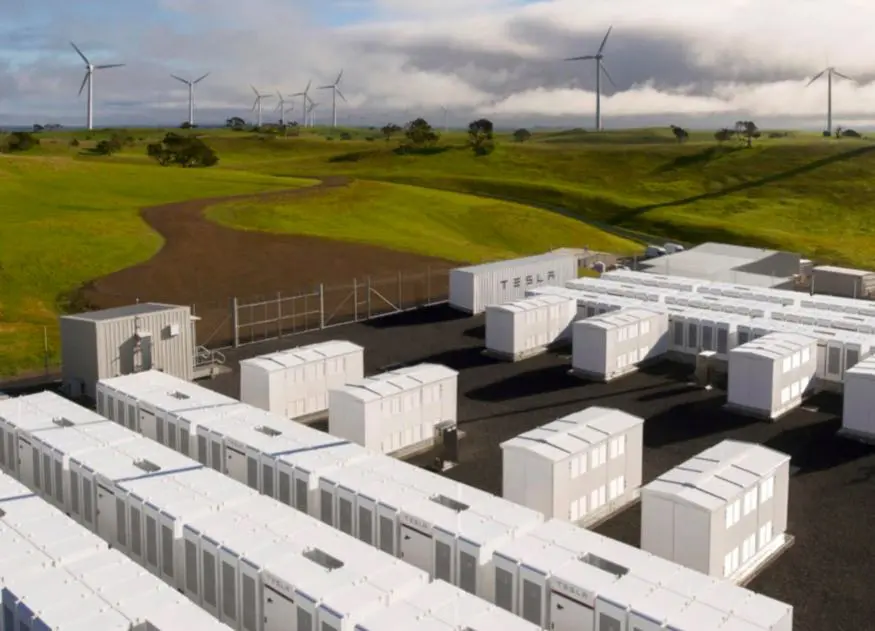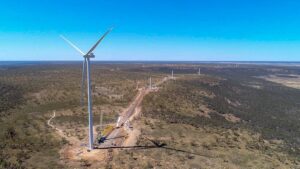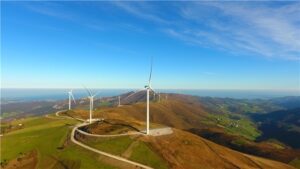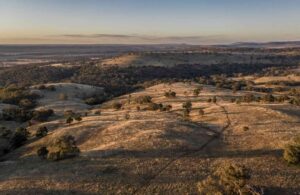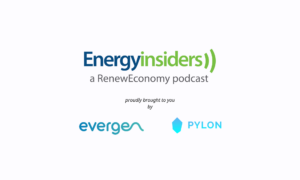The Australian Energy Regulator has warned that the bidding behaviour of some electricity market participants during high-price events could be causing inefficiencies in the market and might not be in the best interests of consumers, even if it is not “technically” against the rules.
The comments are included in a report published by the AER on Friday examining a near record amount of high price events between July and September of this year, when the wholesale 30-minute price of electricity exceeded $5,000 per megawatt-hour (MWh) a whopping 54 times across multiple states.
The regulator says this is the second-highest amount of quarterly high prices on record and the most since 2008. And while the causes can be traced back to a number of “common drivers” – network limitations, high demand, very low wind output, coal plant outages – the way market participants responded to high price events did not help.
The report says that in some cases, the regulator observed “rebidding putting upward pressure on prices” by reducing the amount of low-priced capacity offered.
“Subject to bids and rebids not being false or misleading and being properly submitted and substantiated, the National Electricity Rules do not prohibit rebids that put upward pressure on spot prices,” the regulator says.
“However, patterns of this kind of behaviour could lead to inefficiencies in the market and may not be in the best interests of energy consumers.”
This is comparatively strong language from the regulator and hints that it could be starting to think about, maybe, clamping down – perhaps even changes to the rules? It adopted a similar frown after examine events in Victoria and NSW earlier this year.
See: Energy retailers cash in and send customer bills soaring as coal plants fail again
Interestingly, the exploitation of market instability by cashing in on extreme prices used to be the preserve of coal and gas generators and the incumbent utilities that own them.
But the AER’s report on the third quarter of 2024 reveals that a more diverse range of assets are now playing the game, including South Australia’s big batteries like the Hornsdale Power Reserve owned by Neoen, Iberdrola’s Lake Bonney battery and AGL’s Torrens Island battery
One of examples cited by the AER is illustrative. On August 17, network limits prevents South Australia from exporting, or in this case importing cheaper power.
EnergyAustralia’s gas plant at Hallett tripped, AGL rebid prices at its Torrens Island battery to the market cap ($17,500/MWh), while both Iberdrola and Neoen rebid their battery prices to $9,900/MWh).
On another occasion, September 6, more network constraints prevented any trading with Victoria. South Australia’s biggest gas generator, the 483 MW Pelican Point, owned by Engie was out of action, and the company’s Dry Creek peaking plant was too slow to respond.
That allowed AGL, which dominates the market, to bid its Barker Inlet peaking plant to the price cap ($17,500/MWh).
Two weeks later, on September 23, with yet more constraints, the AER says AGL offered more than 85 per cent of its capacity at prices above $5,000/MWh. All of these events have flow on impacts to average prices and retail bills.
RenewEconomy at the time noted the spike in electricity prices across the grid, including in South Australia, on July 30.
The AER report confirms this, noting that AGL’s Barker Inlet, Engie’s Torrens Island made rebids up to the market cap of $17,500/MWh.
The report also stresses that high price events are caused by a number of factors, sometimes all of them happening at once, as inconvenient as that might be to those who seek to sheet the blame to one culprit, such as the shift to renewables.

In fact, the AER notes that compared to the same quarter last year, wind generation was 21% higher which drove a record number of negative prices for the NEM, mixed in with some periods of very low wind generation with output less than 7% of installed capacity.
Baseload outages, meanwhile, averaged around 3,500 MW for the quarter, including the unplanned outage of a Loy Yang A unit (560 MW).
Network limitations, too, meant that at times regions with low-priced capacity were unable to export excess cheaper generation to high-priced neighbouring regions.
South Australia, which was home to more than half of the 54 high price events for the quarter, was affected by multiple, and at times, simultaneous network outages, the report says, which led to constraints limiting flows on the state interconnectors and affected state’s ability to access low-priced generation.
But the report says that a recent increase to the capacity South Australia can import via the Heywood interconnector may help to ease the likelihood of future high prices occurring in South Australia under similar conditions.
“Transmission network service providers (TNSP) should continue to collaborate with AEMO and AEMC and discuss potential areas for improvements or potential rule changes that may help to improve the planning of network outages including minimising scheduling multiple outages that occur at the same time,” the report suggests.

